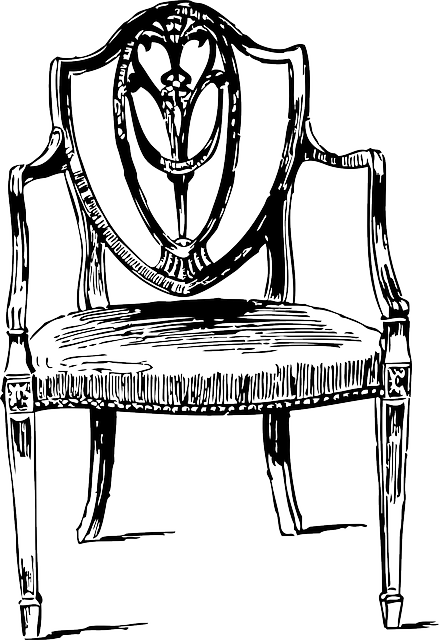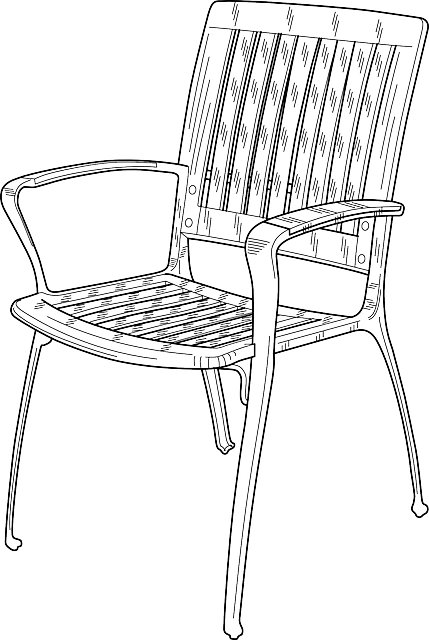Stop Using Flagship & Cornerstone Content
Last updated 10/25/21 ✧ First posted 03/19/17
~5 minutes to read.
Contents
The terms “flagship content” and “cornerstone content” should not be used as synonyms for “evergreen content” and I’d like to tell you why.
(Actually, “flagship content” has another, more specific meaning we should use instead. Read on.)
“Flagship content” and “cornerstone content” are occasionally used as synonyms for “evergreen content.” If you’re here I’m assuming you know what evergreen content is, but here are refreshers from Metricool and Digital Marketing Institute in case you need them.
(I picked those two because, besides being good articles, they had the nicest tree photos. I like trees a lot.)
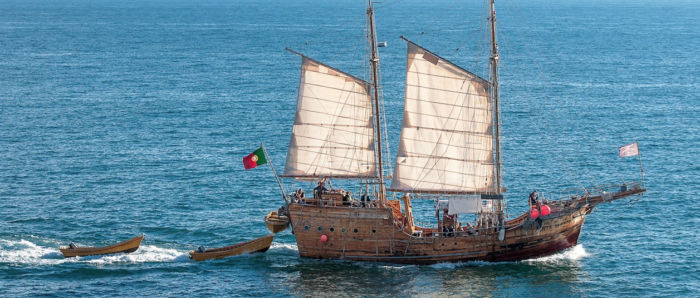
“Flagship Content” is Used Incorrectly
Ahoy there!
“Flagship” Origin
The original use of “flagship” is obviously naval. It’s whatever ship the admiral happens to be on, sort of like how whatever airplane the US President is on automatically becomes air force one.
(If POTUS got into a nonfunctional plane at a museum would that count? What if it was a glider? What about a hang glider? I have so many questions.)
But since the admiral had needs, there ended up being one ship in particular that would be the actual flagship. It usually had bigger quarters, a big meeting room, extra defenses, etc.
Over time “flagship” got roped into marketing lingo too: brands will have flagship products, like Apple’s iPhone, or flagship locations, like Tiffany & Co.’s Fifth Avenue store.
You can see how these terms all relate – a flagship whatever is one big impressive thing with all the special trims and features, meant to inspire all the others on to greatness. (Some similarity with “halo products” here.)
The Issue with “Flagship”
So with flagship locations, flagship products, and flagship ships all in mind, when we think about “flagship content” it just doesn’t really align.
Flagship content can’t be the same thing as evergreen content because it has a clearly different implication. There is only one flagship and it demonstrates the best attributes that others should emulate.
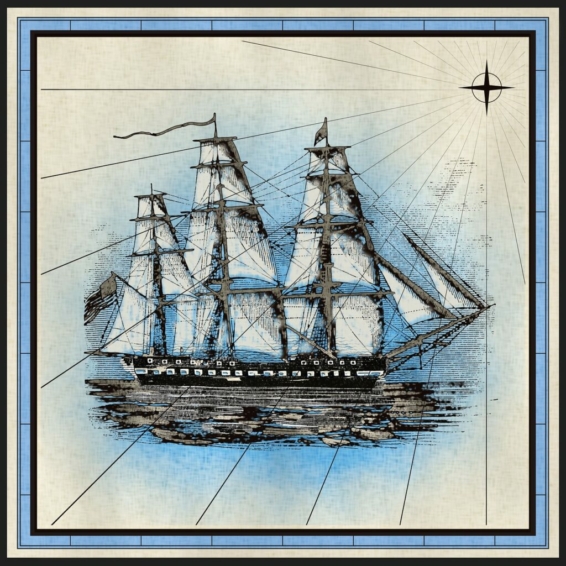
Those features are not the features we mean to directly invoke when we talk about evergreen content, and thus the two should not be used synonymously.
Using the Term “Flagship Content”
I actually think “flagship content” is a good one to use, but for what it actually implies: your one, single, very best piece of content.
This is the best page you can make. The gold standard of your content and web abilities. It’s the page all your other pages aspire to be.
If someone says “show me what you can do, link me your best page,” you link them this one. “Here you go, it’s my flagship piece of content.”
You can get some value out of this term. It makes you think: how can I make this content perfect?
If a competitor was going to try and compete with this page, you want them to take one look at it and run up the white flag of surrender – exactly how weak little ships did in the face of actual big impressive flagships.
It doesn’t have to be based on traffic or performance. It can be simply based on effort level and your own judgment. Hopefully, though, if you’re aligned well with the web, this will all be one and the same.
By nature your flagship page will be evergreen content. You can continue this metaphor by assuming the flagship is made from pine tree wood.
Now let’s switch from ships to stones.
“Cornerstone Content” is Used Incorrectly
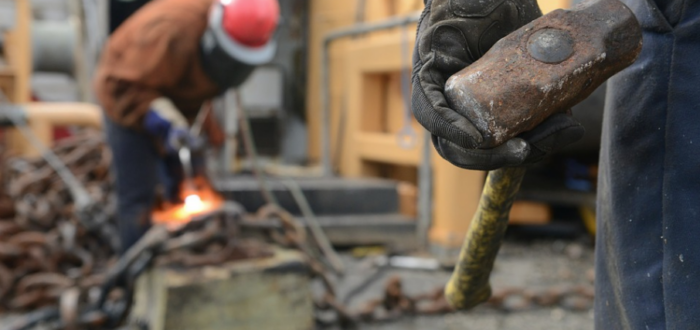
“Cornerstone” Origin
Many stones form corners, but there’s only one cornerstone.
Historically, a cornerstone was the first brick set down on the ground when building a house.
All the other bricks would be placed in reference to this brick, so it was important to get it right.
Over time, a bunch of ceremonies sprung up around cornerstones:
- They can be hollow, used to store charms and amulets to protect the building, or for a time capsule (which seems like it would be problematic to recover).
- For churches and other holy buildings, a bishop would bless the cornerstone with a prayer or some holy water.
- Sometimes, the job of laying the cornerstone would be specially delegated to a freemason, who would then leave intricate clues for Nicholas Cage [citation needed].
- Ancient Japan apparently would ward off future attacks to the building by burning a woman to death at the cornerstone. Uh… yikes.
As ceremonies increased and building planning methods became modernized, the cornerstone kinda just became a prominent stone that may contain the construction date, the architect’s name, and that sort of thing.
“Cornerstone” also made it into our lexicon to mean “the most important thing” or “the foundation.”
The Issue with “Cornerstone”
Obviously, like flagship, “cornerstone” is another singular term. You wouldn’t have a lot of cornerstone content because that doesn’t make sense with the word.
The thing is, the cornerstone metaphor doesn’t really suggest anything useful.
What’s the cornerstone of a website? The “About” page? Do you have a “New? Start Here” page? Maybe, but there’s no added value in calling it this.
Using the Term “Cornerstone Content”
I propose you use the term “cornerstone content” solely for posts written by freemasons and/or blessed by bishops.
I do not recommend setting anyone on fire – not even your competition.
Conclusion
Use the term “flagship content” in a singular fashion about your best piece of content.
Do not use “cornerstone content” in any serious way.
Stick with “evergreen content” – and in fact, this term makes even more sense than you think.
Thanks for reading.
✧ ✧ ✧
Written by Ethan J. Hulbert.

